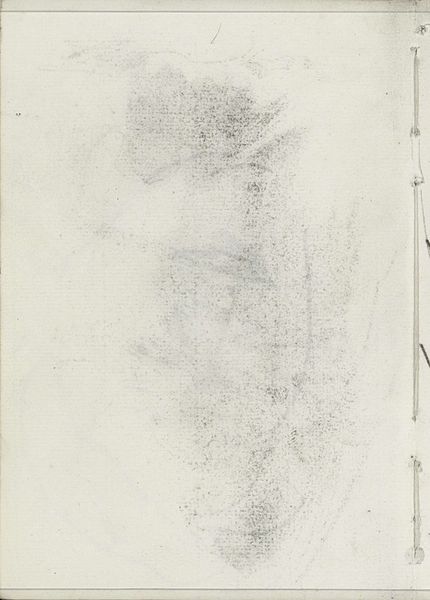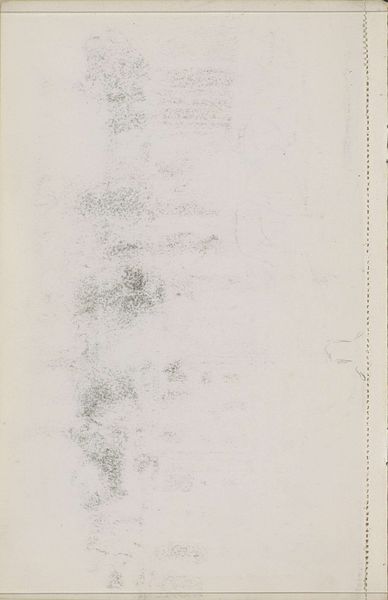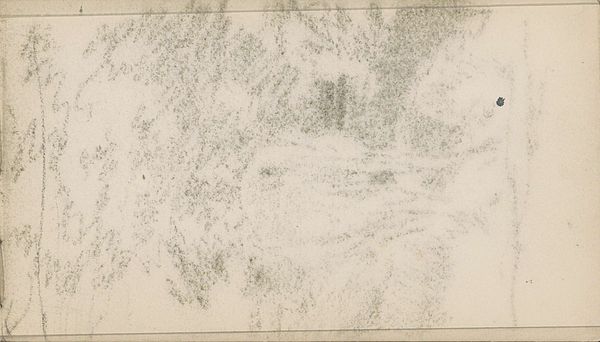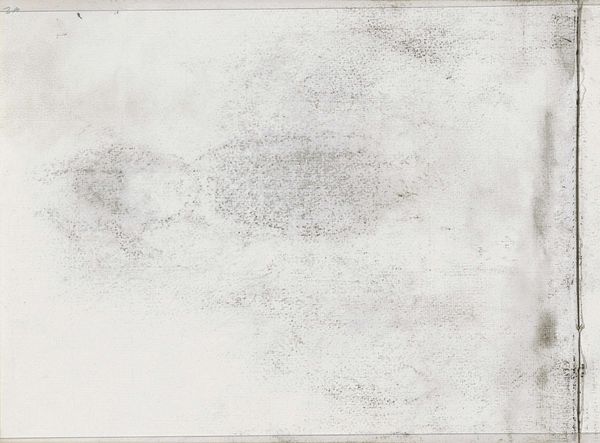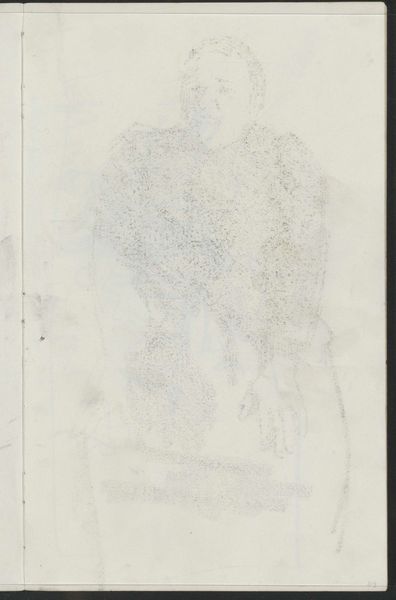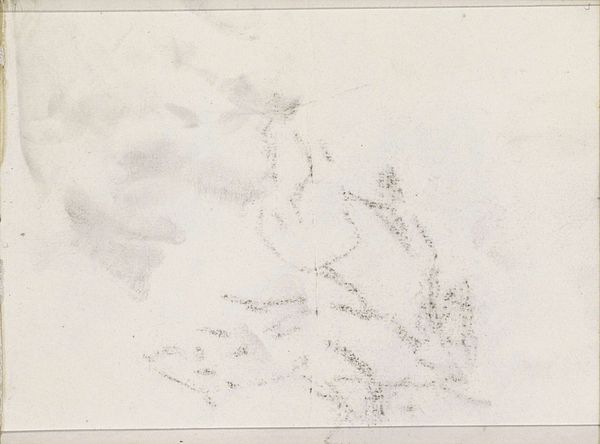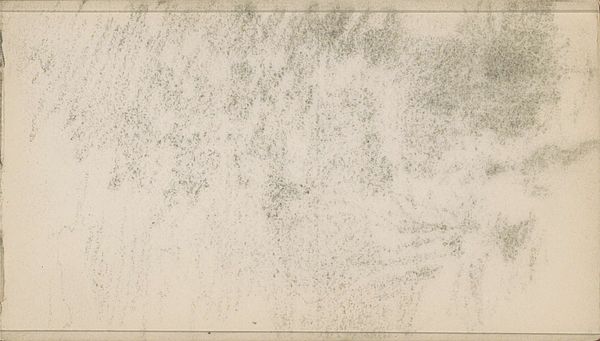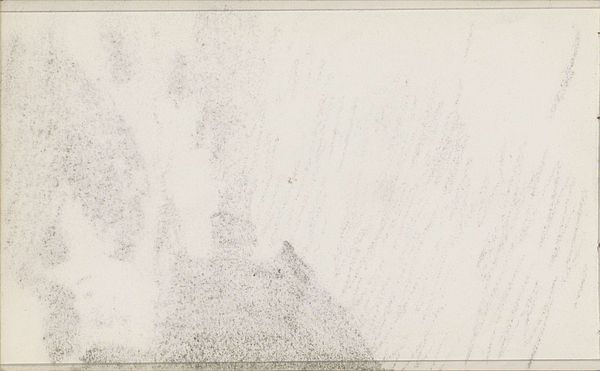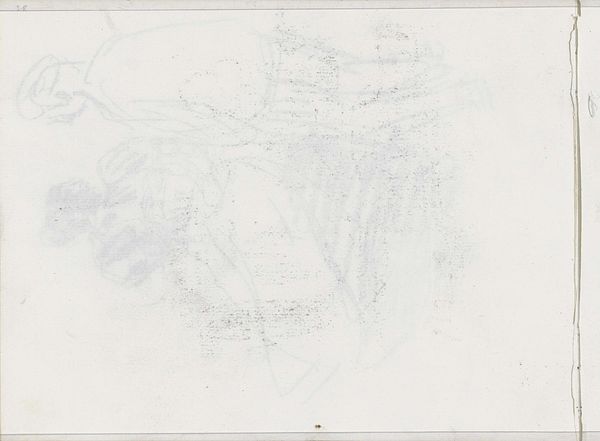
drawing, pencil
#
portrait
#
pencil drawn
#
drawing
#
pencil sketch
#
pencil
#
pencil work
#
realism
Copyright: Rijks Museum: Open Domain
Editor: Here we have Isaac Israels’ pencil drawing, "Abklatsch van de krijttekening op pagina 9", created sometime between 1886 and 1903. It’s… fragile. It feels very ephemeral. What do you see in this piece beyond its apparent simplicity? Curator: Its very fragility is key. Israels, working during a period of intense social change, often depicted marginalized figures. This almost ghostly image invites us to consider the unseen, the unacknowledged. How does the lightness of the sketch reflect societal views on those whose stories are often erased or overlooked? Editor: I hadn't thought about it like that. So, you're saying the medium itself, the light pencil strokes, speaks to a theme of…invisibility? Curator: Precisely. And the title, which translates to “impression of a chalk drawing on page 9”, speaks to a copy, and so to an idea of something, someone already twice removed. Who is erased from the historical narratives and why? Who are the subjects and creators absent from museum walls? I think the wisps of a human face speak to larger questions of social erasure and who and what is considered worth remembering in our cultural institutions. Does that resonate with you? Editor: Absolutely. The sketch feels almost like a whisper now, a reminder of the figures who remain on the margins of history. It pushes me to reconsider the narratives I've accepted as complete. Curator: Indeed. And remember that art, even a seemingly simple sketch, can be a powerful tool for social commentary and resistance. It all invites us to consider those historical gaps and whose voices are missing from the conversation. Editor: It really does make me rethink how art can be a form of activism. I’ll definitely see sketches differently going forward. Curator: I'm so glad we were able to have this discussion today!
Comments
No comments
Be the first to comment and join the conversation on the ultimate creative platform.
